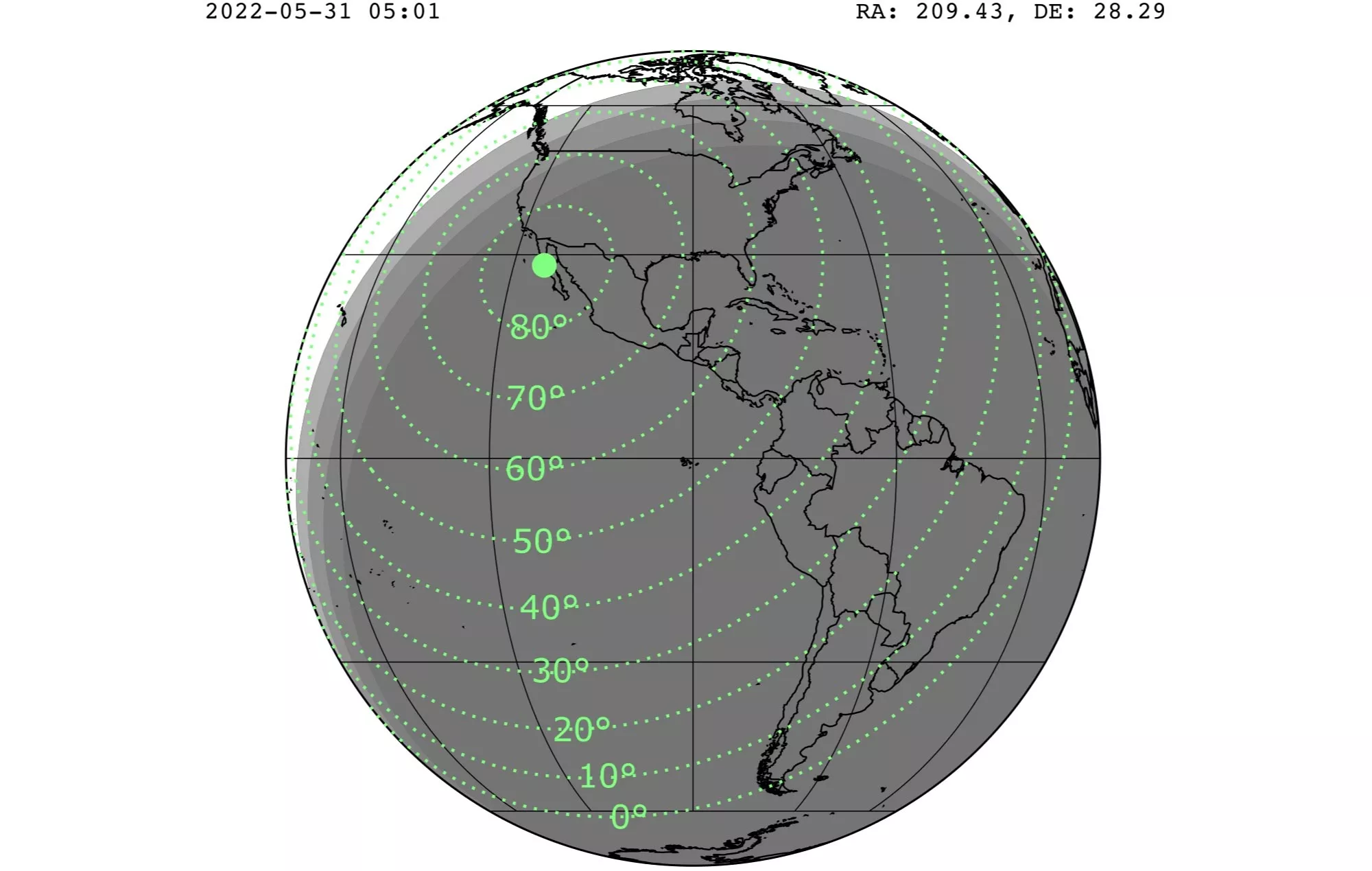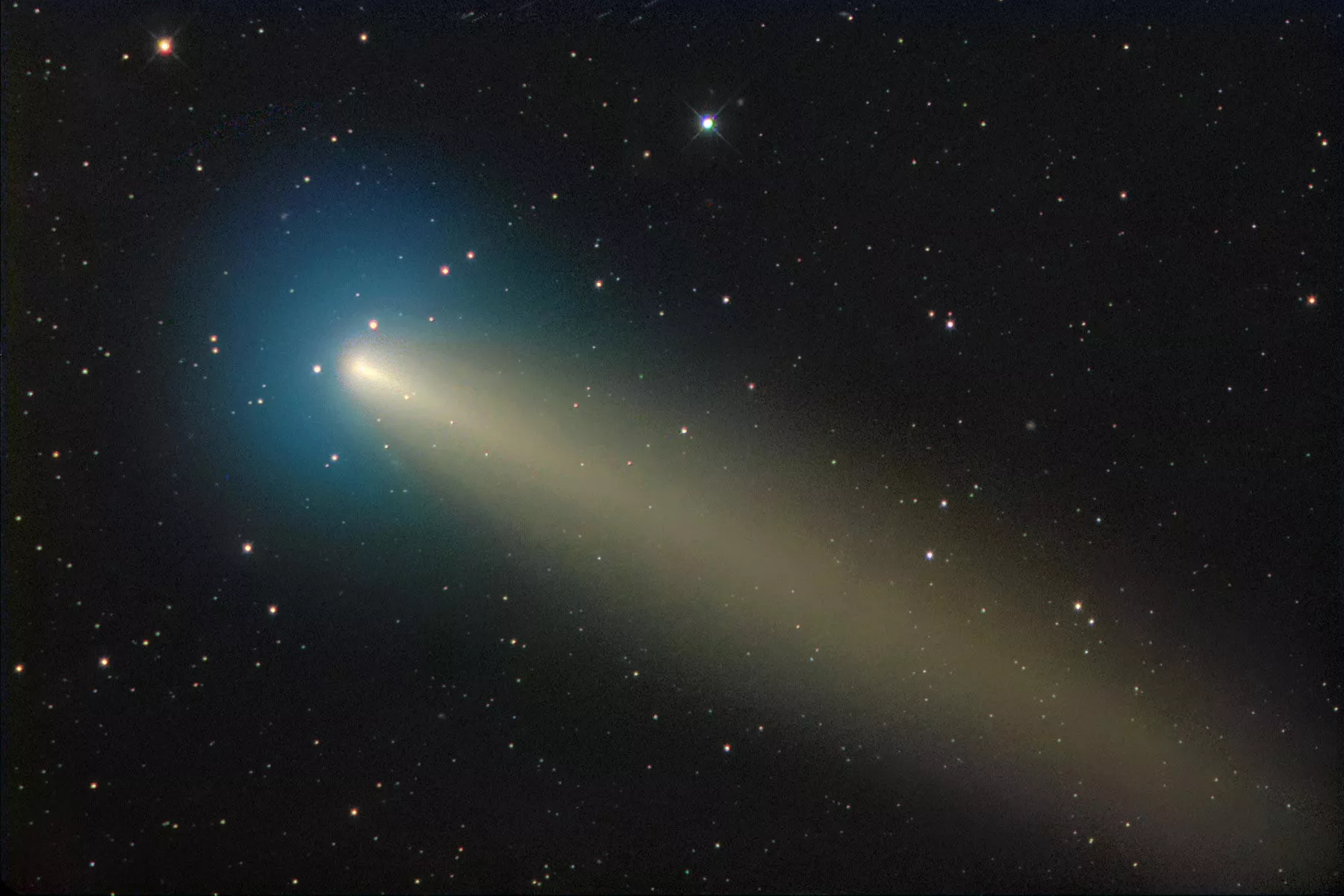Astronomers are excited about the possibility of a spectacular meteoric shower on May 30-31. Whether it is spectacular depends on when the earth crosses the orbit of the comet. With the arrival of this event, let's take a look at the prospects of the meteor shower and what happened in the past meteor storms.

The story of tau herculids so far
The source of meteor shower is short period comet 73P / schwassmann wachmann 3. Despite this name, the radiant point of tau herculids has actually now drifted from the constellation Perseus to the neighboring shepherd constellation Bo ö tes. But renaming the meteor shower Bo ö TIDs is also problematic, because there is already a meteor shower of the same name in June. Recently, the radiation point of this meteor shower is located about 8 degrees away from the bright star Arcturus, at the top of the big dipper handle in the direction of the globular clusters Messier 3 and Alkaid.

As of press time, AMS has adjusted the key meeting time to 4:45-5:17 universal time (UT) / 12:45-1:17 a.m. EDT or 9:45-10:17 p.m. PDT on Monday. At this time, the radiation will be right at the zenith of Baja California, although most north and South America will well witness any rise in meteor activity. The moon also reached a new moon the day before May 30 -- another benefit.

If you get a tenfold increase from tau herculids, you may see a zenith rate (zHR) of 140 meteors per hour - similar to the annual Gemini or Perseus. If we increase by 100 times or more, then things will become interesting.

But the first thing to note is that some precautions are necessary. In the 1995 event, it is unknown how much debris comet 73P ejected and in which direction it ejected: this may make the storm stronger or weaker than expected. In addition, tau herculid streams approach the earth from behind, which makes them a slower shower, requiring larger particles than usual to illuminate the sky. The last thing to remember is that the zHR figure is an ideal ratio, assuming that in a dark sky, the radiation is directly overhead - most observers will see less in reality.
Anatomy of meteor storm
Generally, a zHR of 1000 or higher is considered to be the informal dividing line of a meteor shower, rather than a trivial meteor shower. Usually during the Gemini or Perseus period every year, you will see oneortwo meteors every minute or so; At the speed of more than 1000 meteors per hour, a meteor will be seen every few seconds, including bright fireballs.

It is understood that the anatomical structure of tau herculids in 2022 is similar to another big storm in the past: Andromedids, which no longer exists. The source of this meteor shower is the now nonexistent "lost comet" 3d/biela, which is believed to have split and produced some great meteor showers at the end of the 19th century.
Observe the meteor shower
The good news is that you don't need any special equipment to watch the meteor shower: just clear sky and patience. The usual strategy is to observe for about ten minutes. You can even listen to meteors on the radio tuned to the idle frequency on the FM dial.

As of press time, the outlook for cloud cover in contiguous areas of the United States looks mostly favorable. If it is blocked by clouds, it may be worth checking the operation on NASA's all sky meteor camera network.
Shooting a meteor shower is as simple as setting up a digital SLR camera installed on a tripod and a wide-angle lens. Set the focus and priority to manual / brightness settings, and then quickly take a few photos to make the iso/ exposure / aperture settings suitable for the sky conditions. Finally, see what will happen.
In addition, you must count the meteors and report what you see to the international Meteor Organization (IMO). These data will be of great help to the future meteor science and the simulation of meteor swarms and meteor showers.
Finally, be patient with watching. You may not see anything, or you may witness the wonders of your life. Perhaps all we can do is pray that all this will come as scheduled.